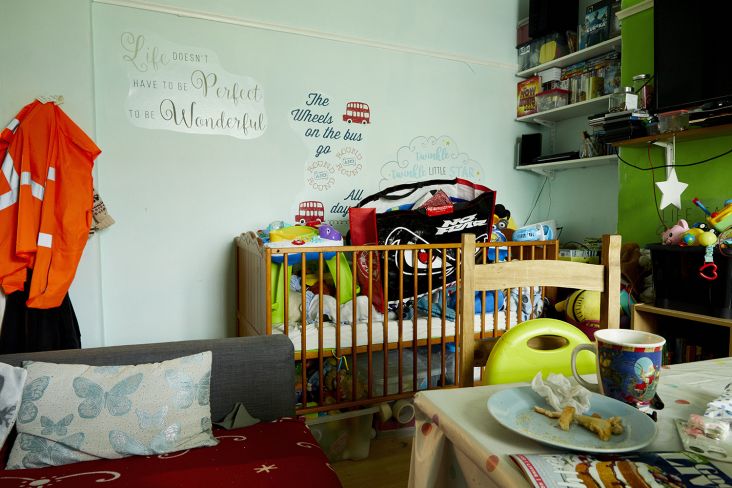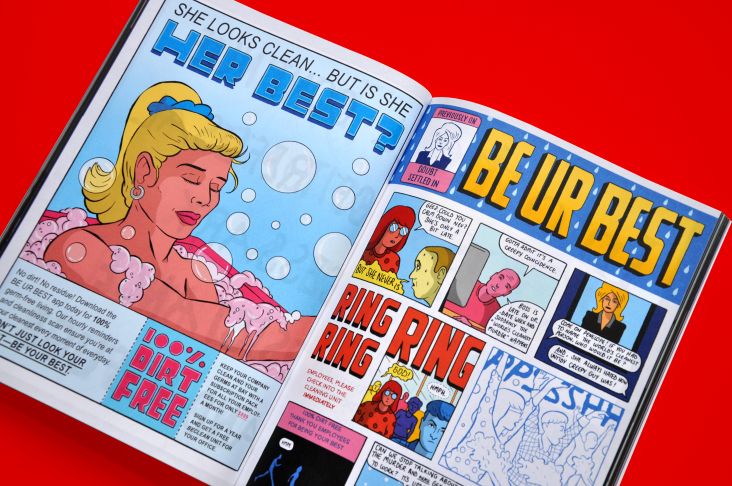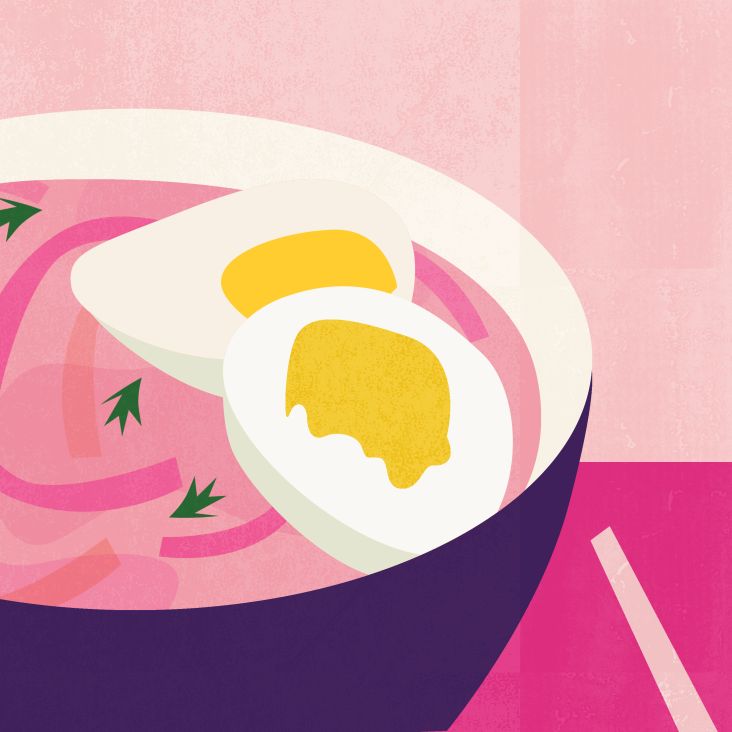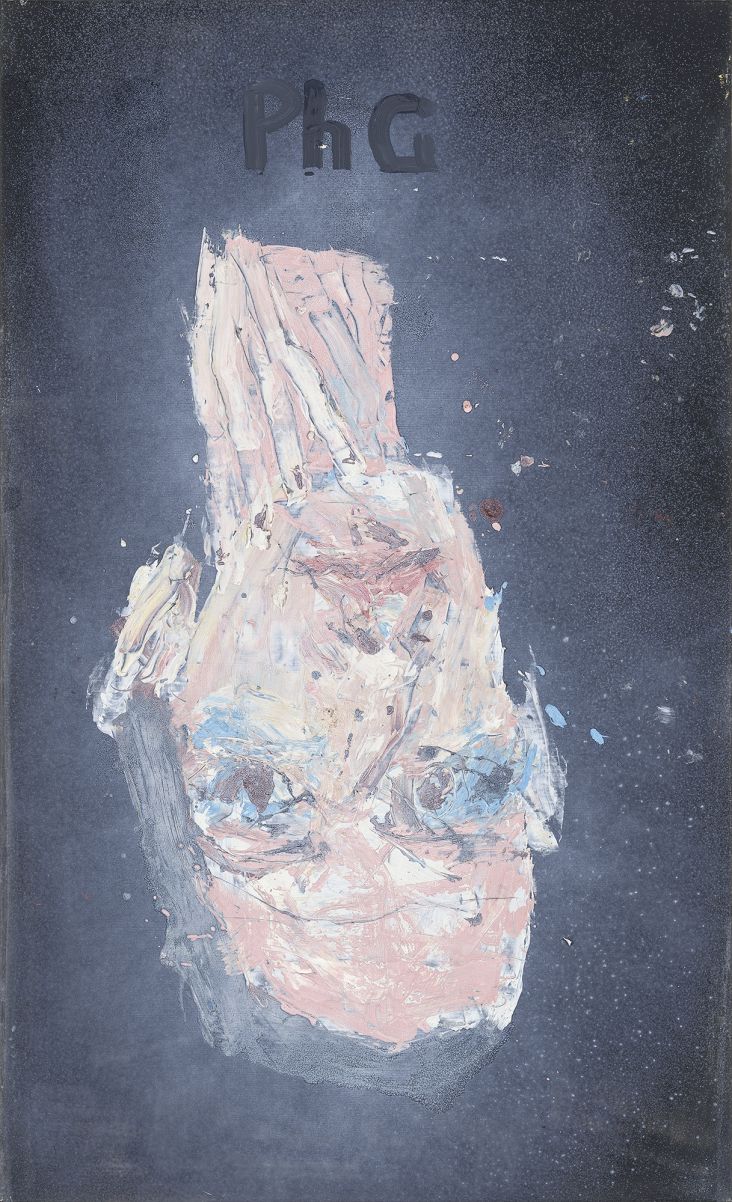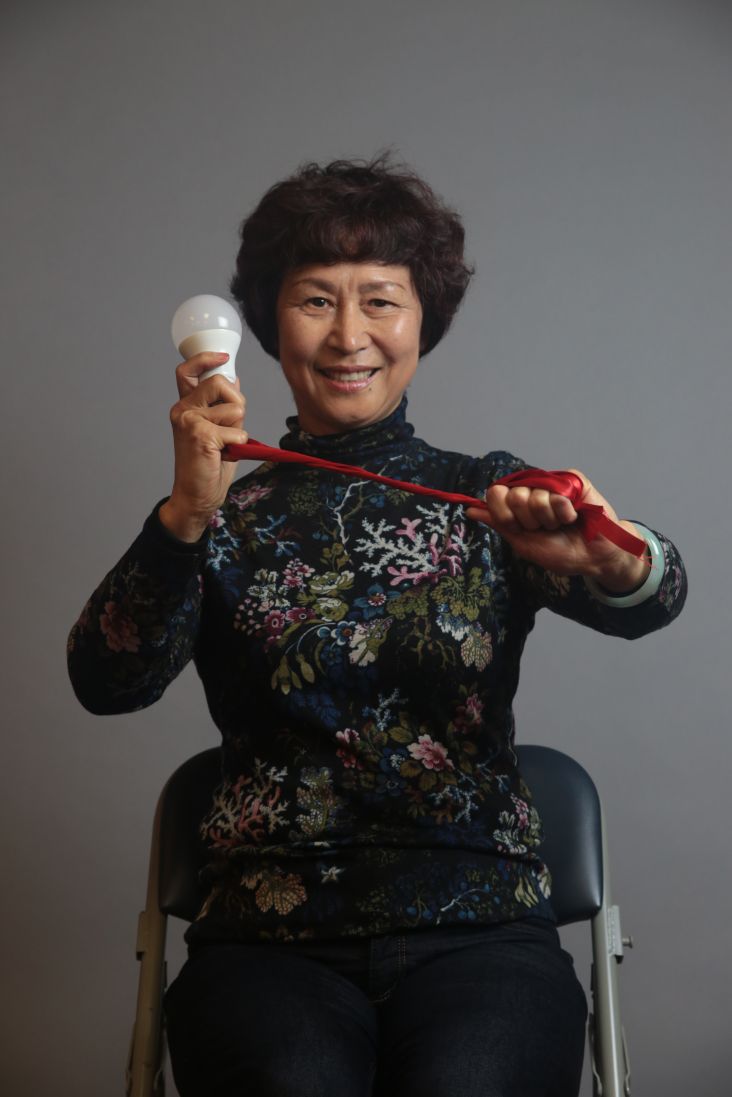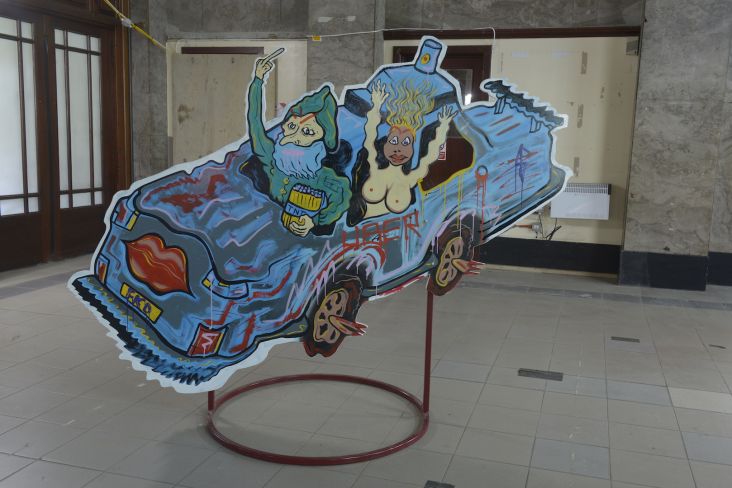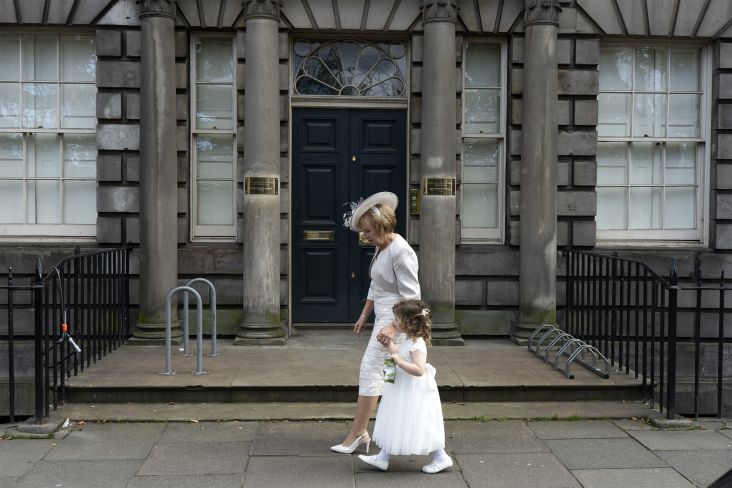Duo Color: Wang Guangle's meditative paintings that draw upon spiritual exploration
One of the preeminent contemporary abstract painters, Wang Guangle’s work is rooted in an "investigation of painting’s temporality and in the power of the canvas as a vessel of labour and marker of time".
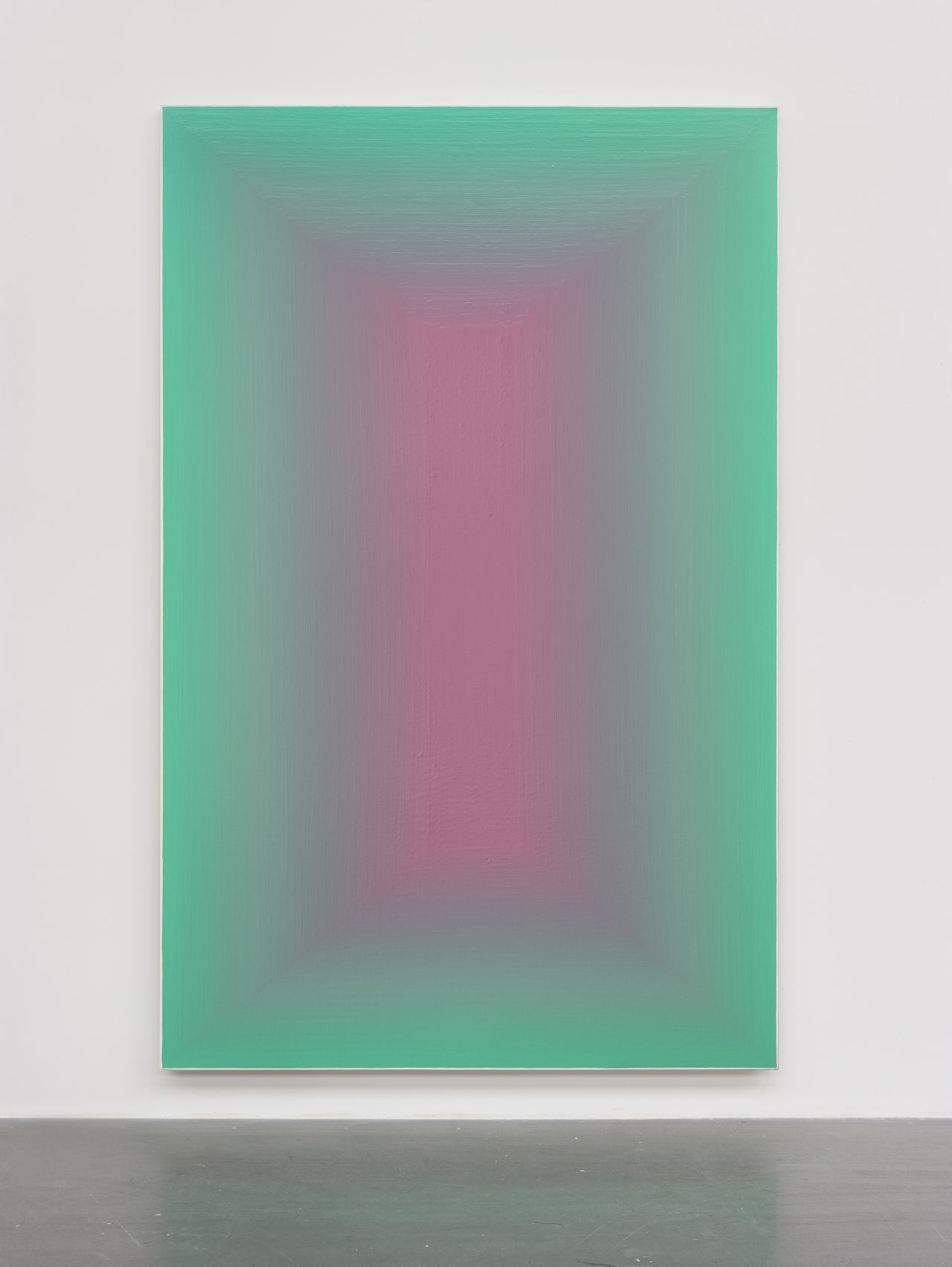
Wang Guangle 180716, 2018. © Wang Guangle, courtesy Pace Gallery
He calls upon a historical tradition of ancient Chinese scholars and approaches the act of painting as a daily practice for personal moral cultivation and spiritual exploration.
His latest series, Duo Color, is to go on display at New York's Pace Gallery this month, his third solo show there. It will showcase a selection of 14 new acrylics on canvas paintings, which reflect the artist’s use of a uniform brushstroke and systematic application of paint.
Wang apparently applies each layer of paint beginning from the far edges of the canvas and working precisely inward to the centre, creating a subtle gradation of colour and the effect of an illuminated rectangle or void. This considered technique gives his paintings a potent illusionistic depth, with the varying tones of the composition acting as a subtle framing device for each work.
While in past series, Wang has focused each painting on a single hue, for this new collection he has chosen pairs of contrasting colours. He slowly layers the pigments over days and months with a precision that makes one colour appear to naturally progress to its opposite – evolving two originally conflicting colours into a harmonious one.
Within Wang’s practice and the cultural background from which his work emerges, the notion of "colour" refers to a Buddhist concept used to capture the appearance of the material world, which is considered the result of the illusions and agonies of people’s minds. The Chinese artist’s diligent act of reconciling and uniting two opposing colours can be understood as the symbolic harmonisation of the conflicting relationship between the physical and the spiritual worlds – resulting in a final painting, which he describes as the "shape of the psyche".
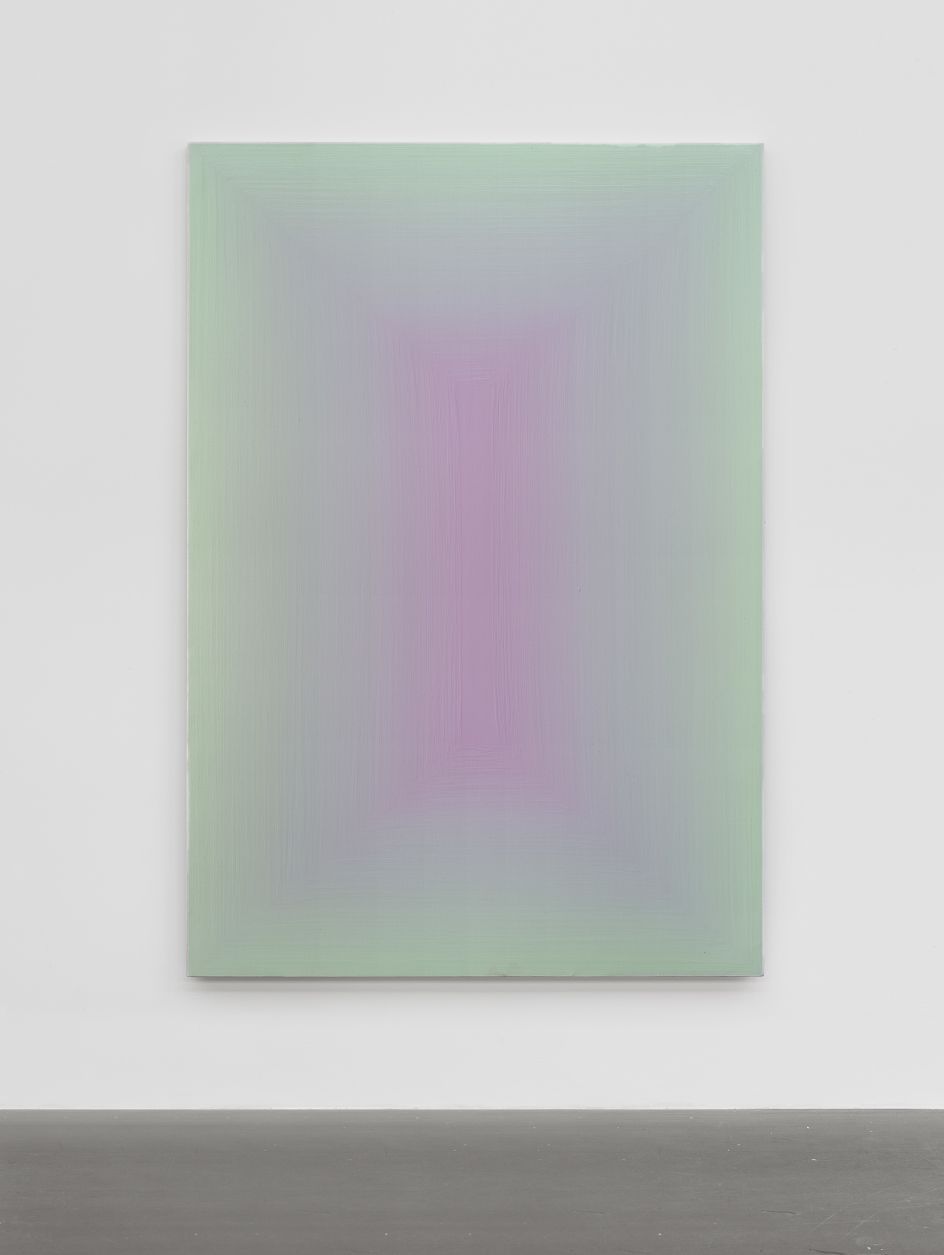
Wang Guangle 180723, 2018. © Wang Guangle, courtesy Pace Gallery
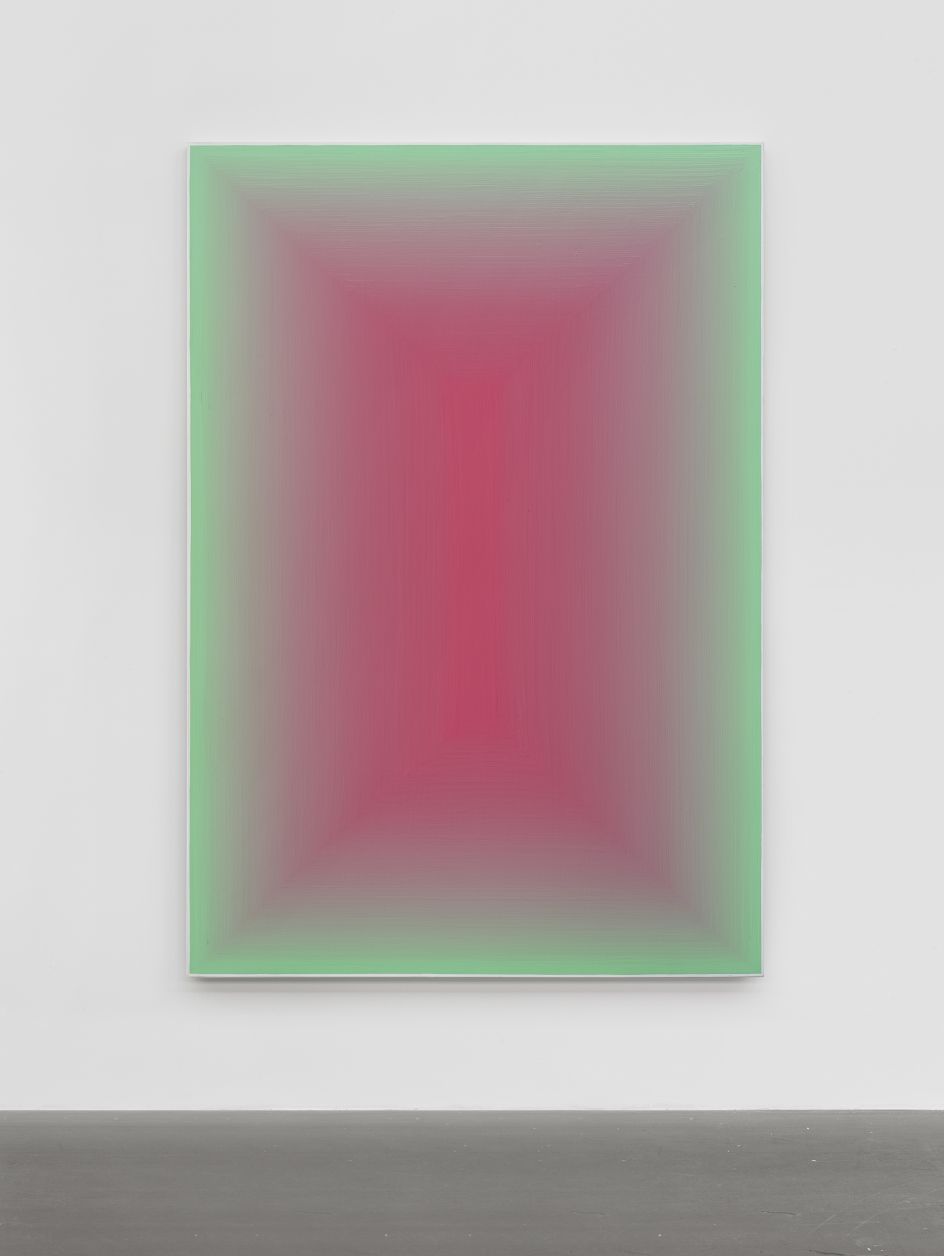
Wang Guangle 180917, 2018. © Wang Guangle, courtesy Pace Gallery
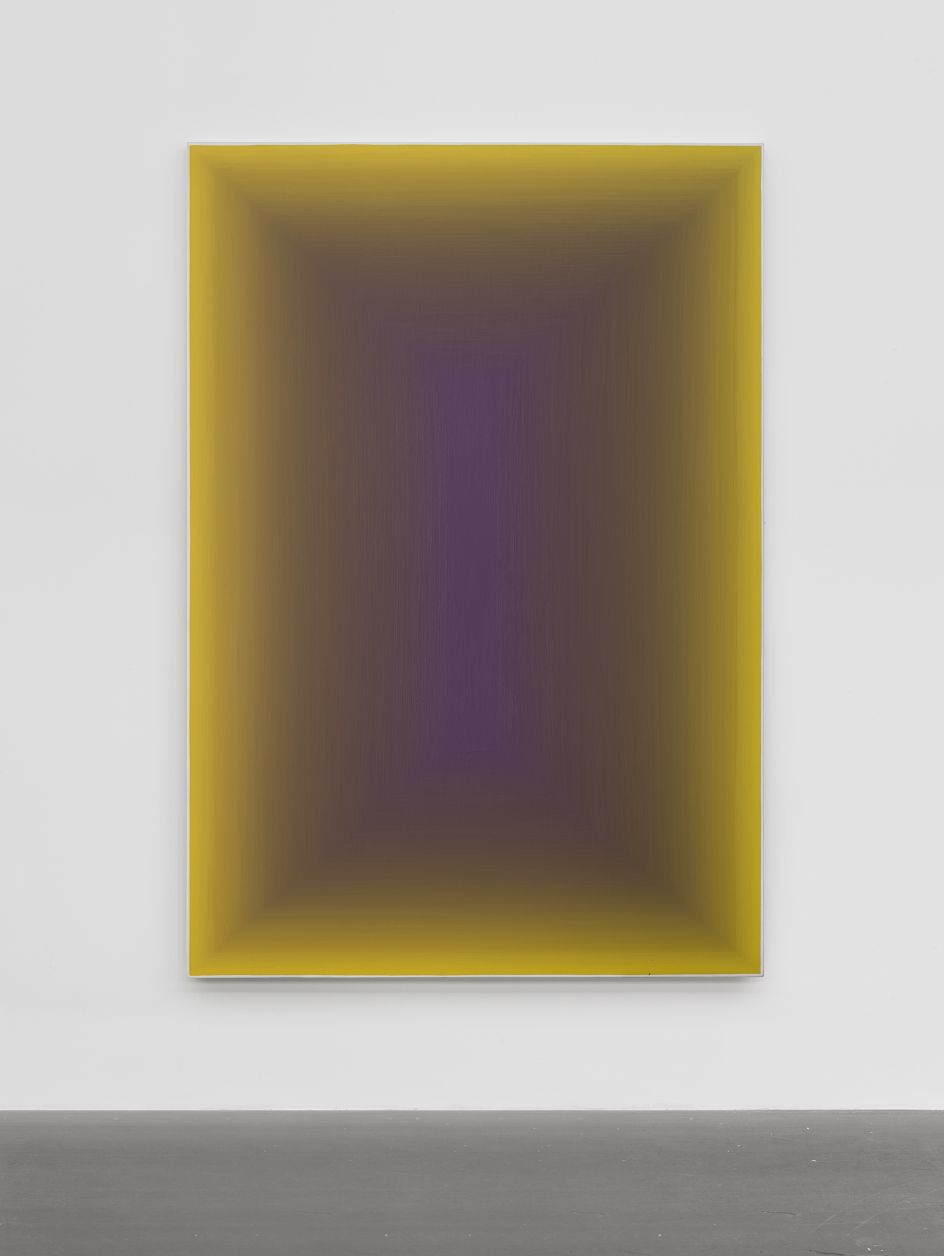
Wang Guangle 181004, 2018. © Wang Guangle, courtesy Pace Gallery
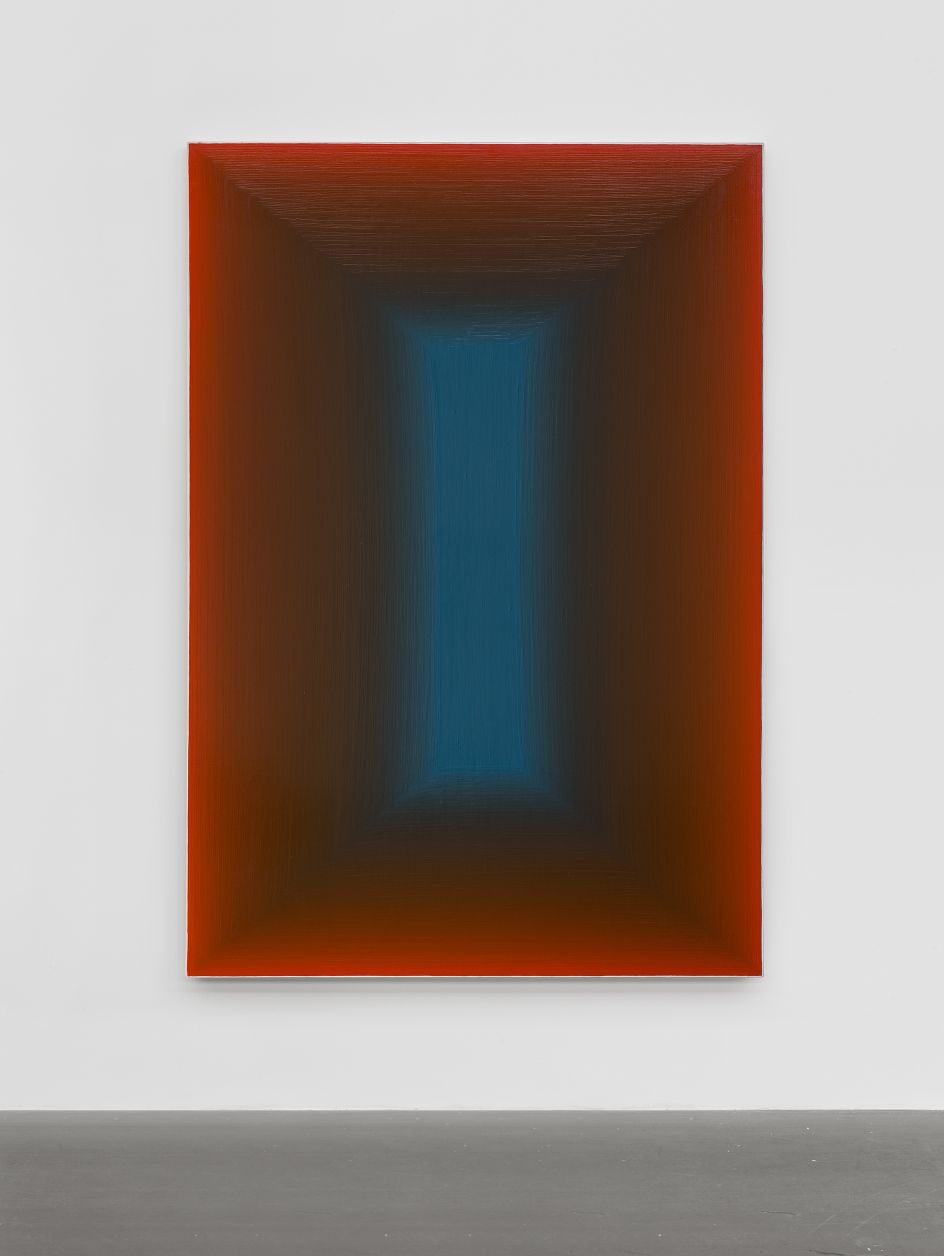
Wang Guangle 180127, 2018. © Wang Guangle, courtesy Pace Gallery
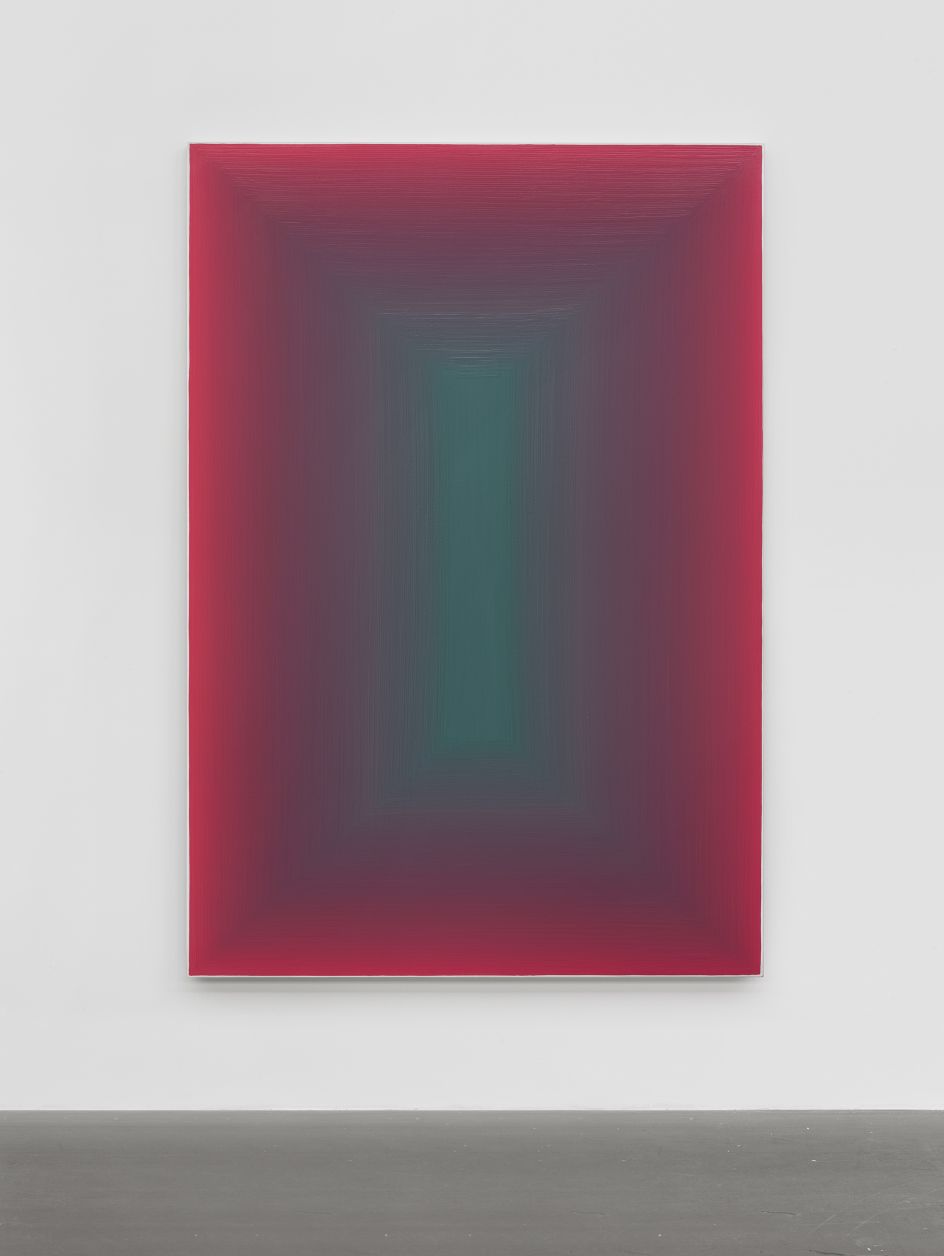
Wang Guangle 180825, 2018. © Wang Guangle, courtesy Pace Gallery

















